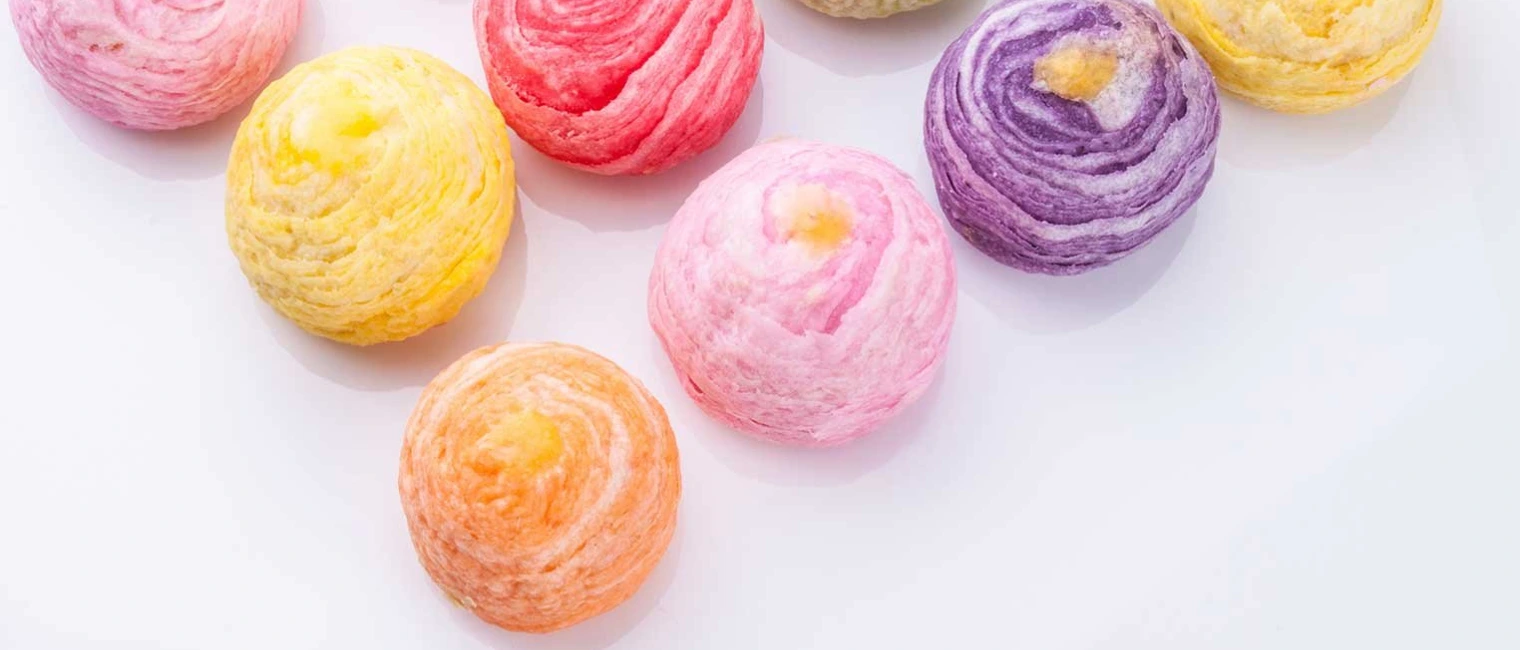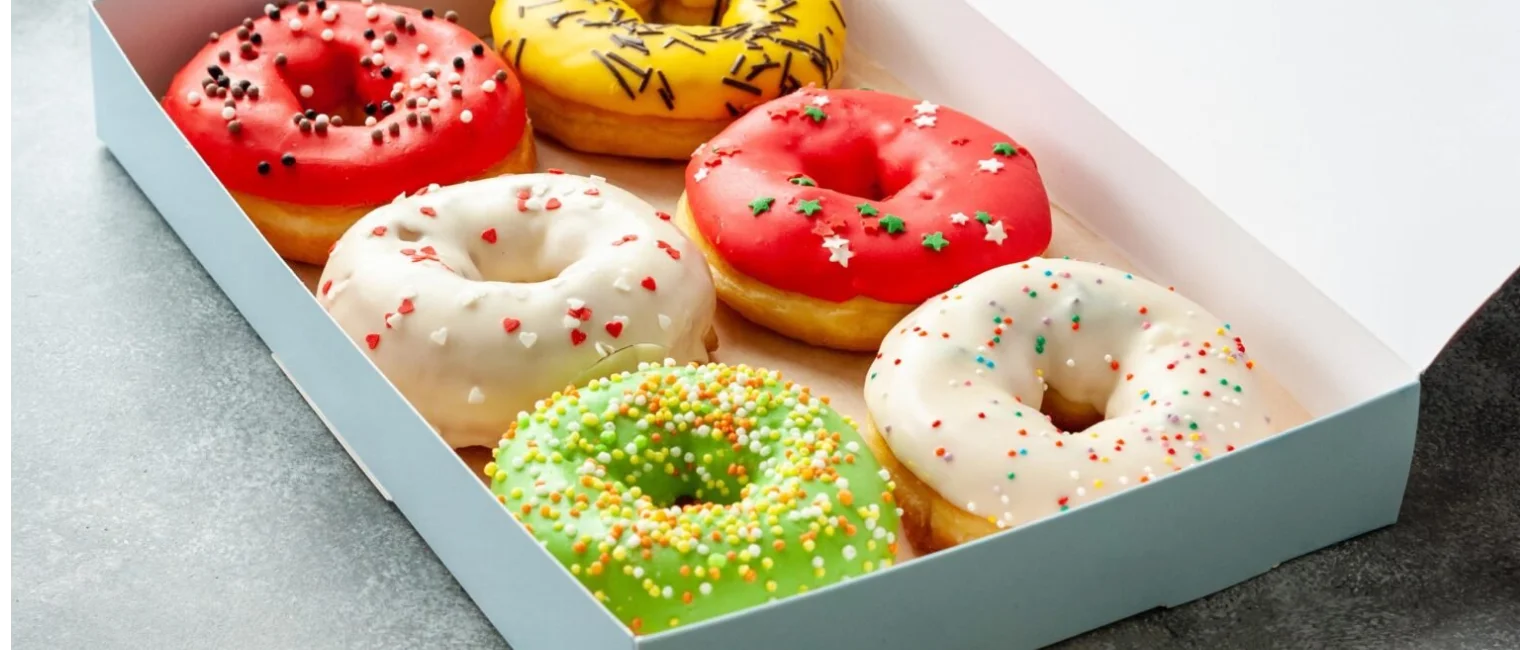There’s a new wave in food coloring the world over called Spirulina colors, and this wave begins in a small pool. Blue-green algae (Arthrospira platensis) grow in pools where the right set of nutrients encounter the right amount of sunlight. These are the source of spirulina food coloring that’s trending in restaurants and on social media everywhere. .
What is Spirulina Blue?
Spirulina Applications
Food and drink manufacturers didn’t have access to a reliable, scalable natural blue food coloring agent before the emergence of spirulina colorant. Now, consumers can enjoy a host of products that incorporate spirulina food coloring — in confectionery, beverages, icings, fillings and ice cream. With the help of food scientists and emerging technology, companies also mix and match spirulina colors with other natural pigments to go beyond blue and achieve greens, browns, purples and blacks. The shades that one can achieve with spirulina colorants are distinct from colors derived from other vegetable sources. One can even create oil-dispersible formulations with the pigment for applications with high-fat matrices.






Global
Simpsons